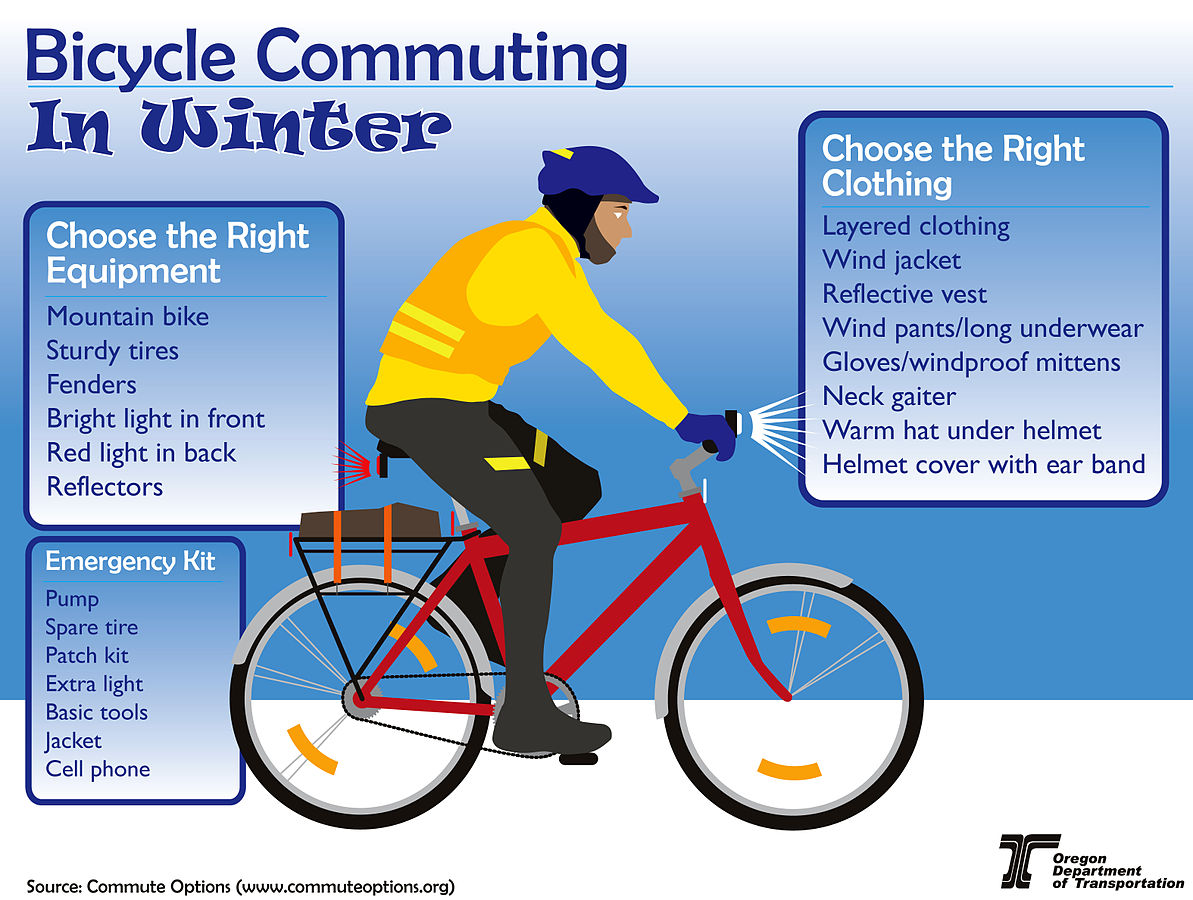Bicycles are a healthy and cost-effective transportation that can be eco-friendly and beneficial to many Nevadans. However, it is important to examine bike statistics and take precautions in order to mitigate the risks involved with using this type of transportation. Additionally, what are the steps to take if you are involved in a bicycle accident?
Bicycle Accident Statistics in Nevada
Last year, there were almost 900 cyclists killed in the United States, ten of them being from Nevada. [1] While this may seem like a small percentage of national fatalities, it is an important reminder to Nevadans, especially those in Las Vegas and Reno, since 71% of cyclists’ accidents occur in urban areas. [2] Experts also note that most accidents occur between six o’clock and nine o’clock at night. In Las Vegas, 19 intersections reported four or more accidents between 2011 and 2015. Las Vegas Blvd at Caesars Palace Drive, Nellis Boulevard at Cedar Avenue, and Las Vegas Blvd at Flamingo Road were the three most dangerous intersections. Las Vegas Boulevard, Charleston Boulevard, and Flamingo Road are the three most dangerous roads for cyclists in Las Vegas with Sahara and Tropicana Avenues also reporting high accident rates.[3] According to the The Regional Bicycle and Pedestrian Plan for Southern Nevada, Las Vegas is the third most dangerous city for cyclists, and when a cyclist and vehicle collide, the cyclist has an 89% chance of survival at 25 mph but only a 35% chance when the vehicle is traveling 45 mph. They also noted that the majority of Las Vegas roads have speed limits in the 45 mph range. [4]
If one is looking for places to bicycle in southern Nevada, they should consider the trails in the area, therefore decreasing the risk of being hit by a motor vehicle. Some of these trails include the Wetlands Park Trail and the Cornerstone Park Trail.
Unlike our southern neighbors, Northern Nevada has an added risk when biking during the Fall and Winter months: Bicycle commuting in potentially stormy, harsh conditions. In line with the chart above, choosing the right equipment and clothing is a must and carrying an emergency kit is recommended regardless of the season. Bikers should allow extra time for their daily commute during the winter months to allow enough time to get to work or school safely.
Bicycle Safety
While understanding bike safety statistics is important, it is also important that Nevadans take precautions to decrease the chances of fatal injuries while riding their bike. Common bike injuries include:
- Head traumas
- Spine injuries
- Ruptured discs
- Skull fracture
- Cranial hemorrhage
- Concussions
- Contusions
- Fractured bones
- Injuries to internal organs [5]
Sixty percent of fatal bike accidents occur from head and brian trauma, which is why it is important to wear a helmet. Additionally, if one is biking on a road, it is important to stay In the demarcated bike lane, and use correct hand signals. If riding a bike at night, it is important to wear bright clothing or reflective clothing. It might also be beneficial to put reflectors on the bike itself. Motor vehicle drivers must also be aware of cyclists that they share the road with. When driving, it is important that they obey speed limits and drive defensively to avoid a crash with a cyclist. Additionally, give cyclists room. Do not pass too closely. Pass bicyclists as you would any other vehicle—when it’s safe to move over into an adjacent lane. [6]
What To Do if You are Involved in a Bike Accident
If you are in an accident, try to do a body scan for injuries. If in doubt, get professional medical attention. Signs you should seek immediate medical attention include pain when you breathe deeply, stomach tenderness or you hit your stomach on the handlebars, head injuries, and bleeding. If you think you may have a spine or neck injury, don’t move until medical attention arrives. It may also be beneficial to check if you have suffered a concussion by taking a concussion evaluation quiz. [7]
If another party caused the accident, their insurance should provide the biker with compensation for their medical expenses as well as lost wages and pain you experience as a result of their negligence. If one is unsure about the steps to take after a bicycle accident, it is usually beneficial to contact an accident injury attorney to help one understand the process, recommend the best medical specialists for care, as well as ensure the defendant’s insurance company doesn’t try to catch the rider mistatating something that could hurt the case and/or present a victim with a low ball offer to settle.
Bicycle accidents are common in urban areas, and can be mitigated in Nevada if we take the time to understand the statistics and necessary precautions to ride safely. Data proves that protecting yourself while riding a bicycle can reduce the chance of getting in an accident, or being fatally injured if involved in one. If both motorists and bicyclists are mindful of these safety protocols, then we can make Nevada roads safer for bicyclists.
[1] https://crashstats.nhtsa.dot.gov/Api/Public/ViewPublication/812507
[2] https://www.iihs.org/topics/fatality-statistics/detail/state-by-state
[3] http://www.pedbikeinfo.org/factsfigures/facts_safety.cfm
[4] https://www.rtcsnv.com/ways-to-travel/cycling/
[5] https://www.cyclingweekly.com/fitness/common-cycling-injuries-349671
[6] https://www.nhtsa.gov/road-safety/bicycle-safety
[7] https://www.cdc.gov/motorvehiclesafety/bicycle/index.html
Image Credit by Oregon Department of Transportation


